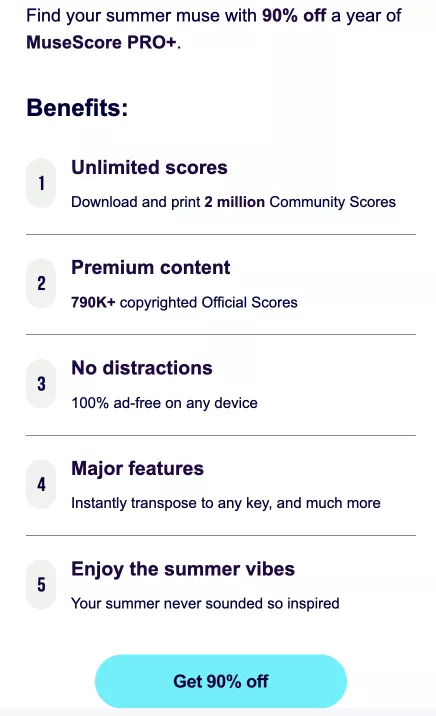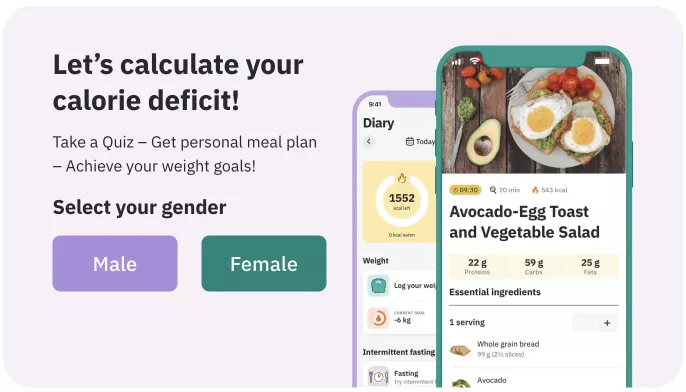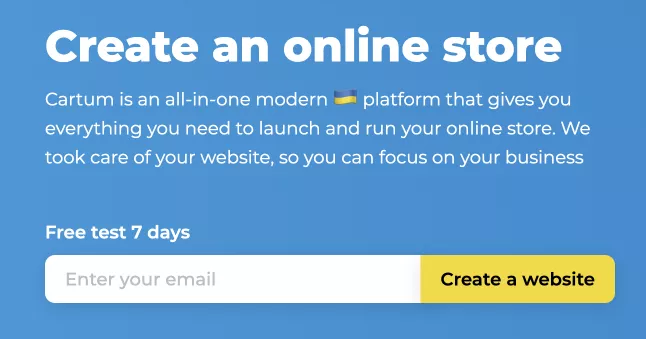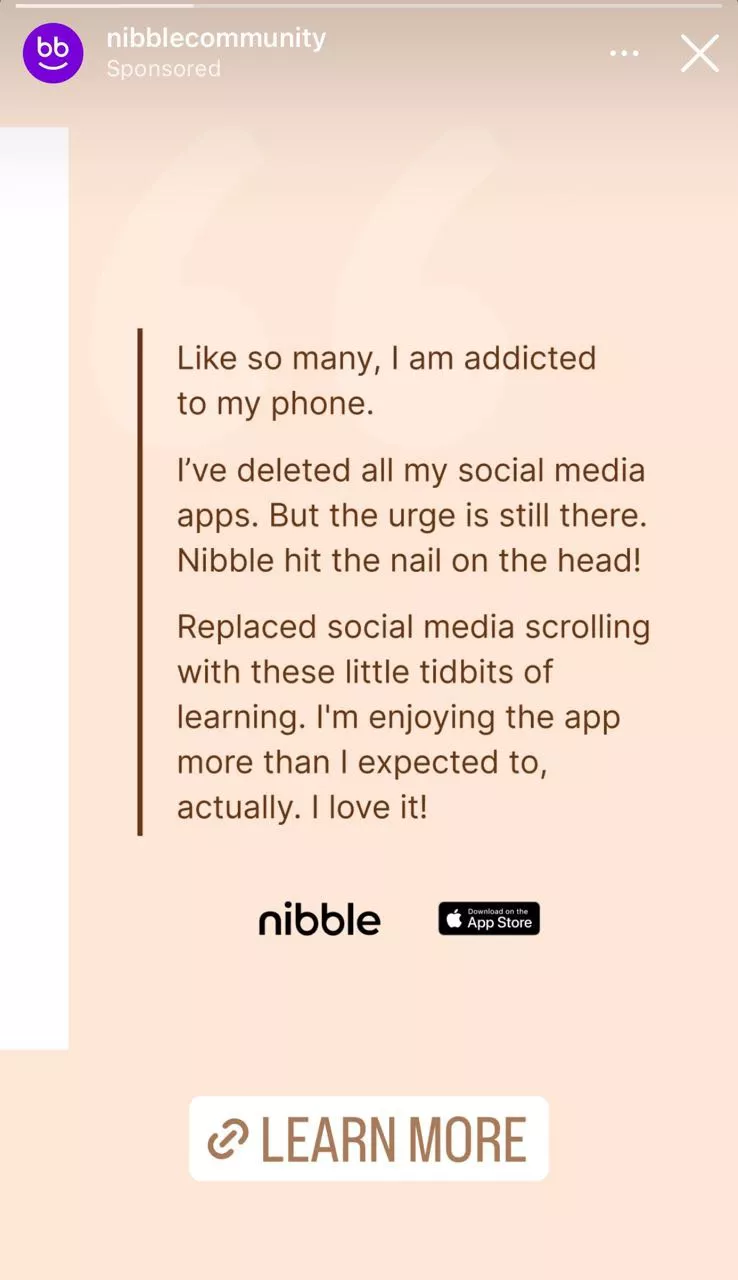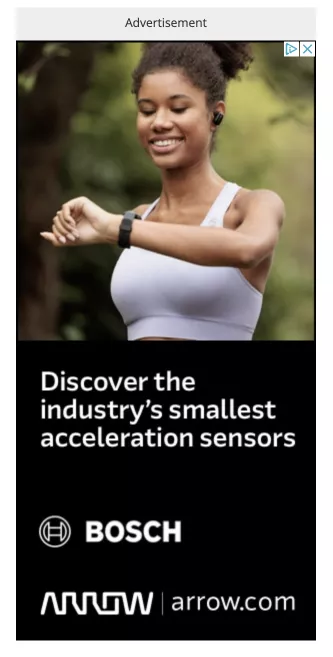What Is Ad Copy — And How to Write an Effective One
In the competitive world of digital marketing, ad copy is a crucial element that can either make or break a campaign. Well-written ad copy will capture the attention of your readers, communicate the value of your product, and encourage customers to take action. This article explores what ad copy is, how to write it effectively, and the techniques you can use to maximize its impact.
Definition of ad copy
Ad copy refers to the text used in advertisements to persuade the audience to perform a specific action, such as purchasing a product, signing up for a service, or clicking a link. It’s the messaging component of your marketing that speaks directly to potential customers by highlighting the benefits and features of your service or product.
Types of Ad Copy
Short form
Short-form ad copy is concise and direct, and it is typically used in platforms where space is limited, such as social media ads, banner ads, and PPC ads. The focus is on delivering a clear and compelling message quickly.
Long form
Long-form ad copy provides more detailed information and is used in formats like landing pages, sales letters, and email marketing. It allows for a deeper connection with the audience by thoroughly explaining the product benefits and addressing potential questions.
Why is ad copy important?
It’s crucial to have well-written ad copy. Here’s why:
- A well-crafted headlines will grab the audience's attention and make them want to learn more. According to Copyblogger, eight out of ten people will read headline copy, but only two out of ten will read the rest.
- It highlights the unique selling points (USPs) and benefits of your product or service.
- Effective ad copy includes a clear call to action (CTA) that encourages the audience to take the desired step. According to Hubspot, adding CTAs as the anchor text increases conversion by 121%.
- By addressing customer pain points and providing solutions, ad copy can build credibility and trust with your audience.
How to write effective ad copy
Step 1: Define your target audience.
Understanding who your audience is and what they need is the first step in writing effective ad copy. Use demographics, psychographics, and behavioral data to create detailed buyer personas.
Example: If your target audience is young professionals looking for quick and healthy meal solutions, your ad copy should emphasize convenience and nutrition.
Step 2: Emphasize your USP and highlight service benefits.
Your unique selling proposition (USP) is the key feature that differentiates you from competitors. Clearly articulate what makes your product or service special, what is your value proposition.
Step 3: Use attention-grabbing hooks!
A strong hook grabs attention and entices the reader to continue reading, as the clothing brand Cider does in the following example. Hooks can be questions, bold statements, or even intriguing facts.
Step 4: Address customer pain points.
Identify and address your audience's pain points by writing ad copy. Show empathy, and offer your product or service as the solution.
Step 5: Include a clear CTA.
A clear call to action directs the audience on what to do next. Make it specific and compelling.
Techniques you can use
There are certain techniques that you can use to elevate your ad copy to the next level.
Empathize
Empathize with your audience to make them feel heard, and they will be more likely to engage with your brand.
Discounts
Offer discounts in your ads to entice customers to take action and make a purchase.
Free trials
Provide a risk-free way for customers to try your product by mentioning free trials in your ad copy. Once they feel comfortable with your product or service, they may be more likely to buy or subscribe.
Influencers
Leverage the credibility of influencers to boost your ad copy.
Testimonials
Include testimonials from satisfied customers. This will build trust and demonstrate to others the effectiveness of your product.
Where to place ad copy?
Now that you have crafted irresistible ad copy, it’s time to place it strategically. Here are a few different channels where you can place ad copies:
- Social media. Platforms like Facebook, Instagram, and LinkedIn are ideal for short-form ad copy and visual content.
- Display ads. Banner ads on websites can capture attention and drive traffic to your site.
- Native ads. These ads blend in with the content on the platform and provide a non-disruptive user experience.
- Search ads and organic results. PPC ads and SEO-optimized content can attract users actively searching for your products.
- Email. Email marketing allows for personalized and direct communication with your audience.
How to measure the success of ad copy
As with all other advertising elements, it is important to monitor the results of your efforts and adjust your strategy accordingly. There are a few metrics you can use to evaluate ad copy.
- Conversion rate: Track how many people take the desired action after seeing your ad.
- Click-through rates (CTR): Measure the percentage of people who click on your ad.
- Return on ad spend (ROAS): Calculate the revenue generated from your ads, and compare this to the cost of running them.
- Engagement metrics: Look at likes, shares, and comments to gauge audience interest and interaction.
- A/B testing: Test different versions of your ad copy to see which performs better.
The bottom line
Effective ad copy is a crucial element of any successful marketing campaign. By mastering the following elements, you will create ad copy that captures attention, communicates value, and drives action:
- Understand your audience, and target specific demographics and psychographics.
- Clearly articulate what makes your product or service unique (i.e., your USP).
- Grab attention with eye-catching opening statements.
- Identify and provide solutions to your audience's problems.
- Use clear and compelling calls to action.
- Study your competitors, and differentiate yourself from them.
- Tailor your message to different segments.
- Utilize different techniques to persuade your customers, like empathizing with your audience, offering discounts and free trials, sharing testimonials, and collaborating with influencers.
- Strategically deploy ad copy across social media, display ads, native ads, search ads, and email.
- To find out if your copy is working, be sure to track conversion rates, CTR, ROAS, and engagement metrics, and perform A/B testing.
Related Articles
How to Set Up Consent Mode in GA4 on Your Website with Google Tag Manager
Let's explore how to properly integrate consent mode in GA4, configure it for effective data collection, and at the same time comply with GDPR and other legal regulations
Display Advertising Effectiveness Analysis: A Comprehensive Approach to Measuring Its Impact
In this article, I will explain why you shouldn’t underestimate display advertising and how to analyze its impact using Google Analytics 4
Generative Engine Optimization: What Businesses Get From Ranking in SearchGPT
Companies that master SearchGPT SEO and generative engine optimization will capture high-intent traffic from users seeking direct, authoritative answers



